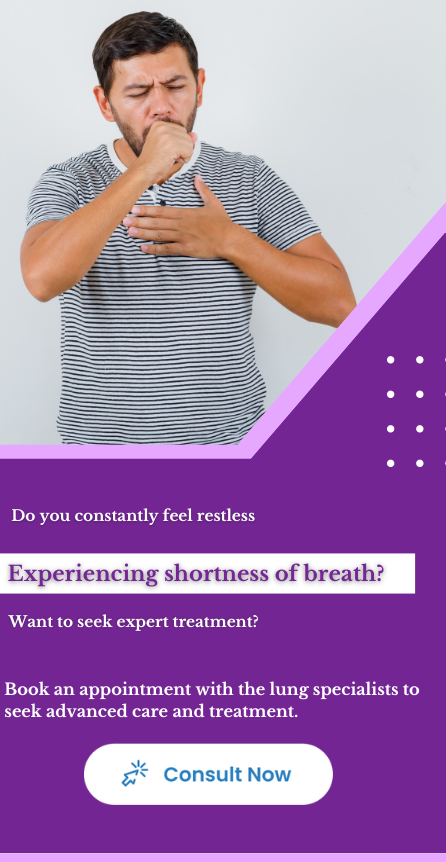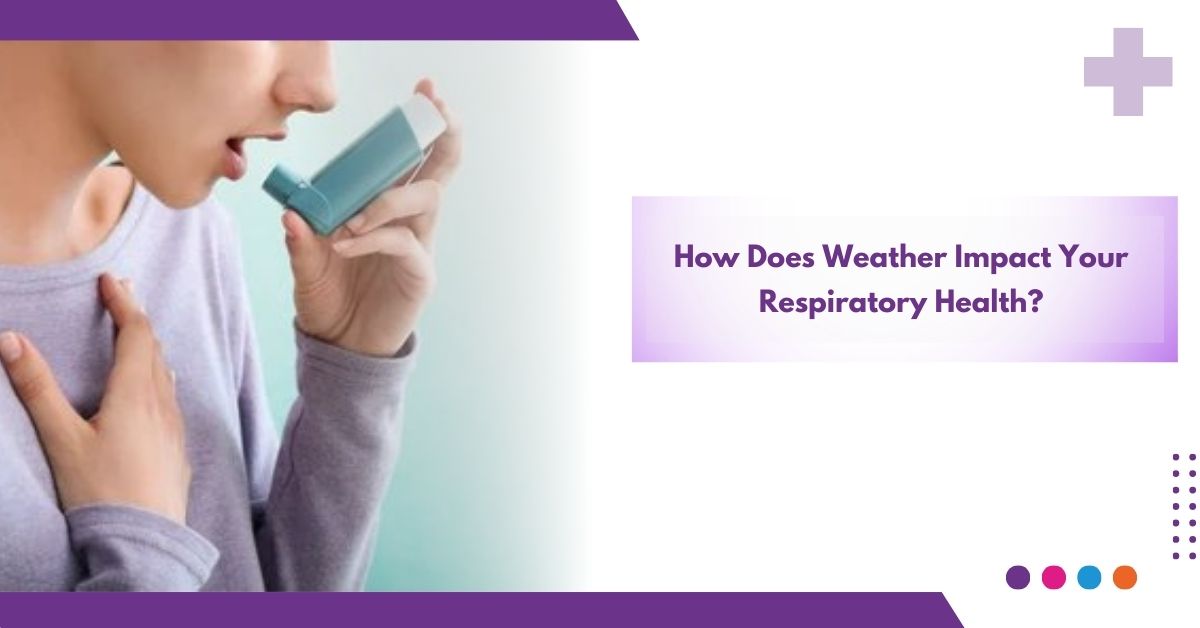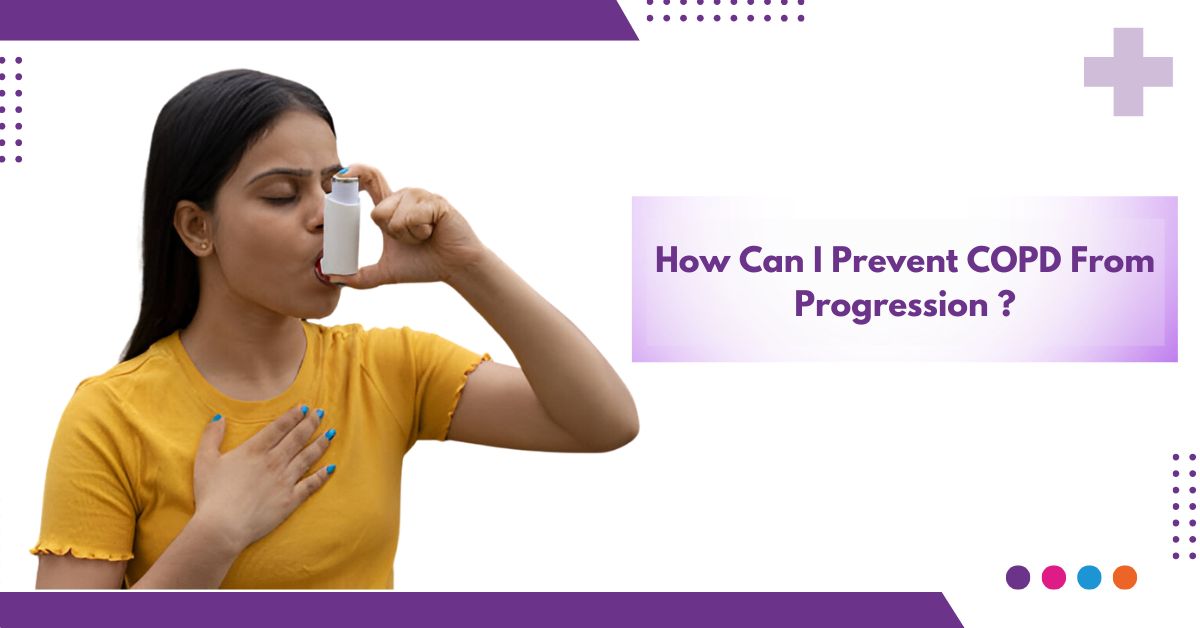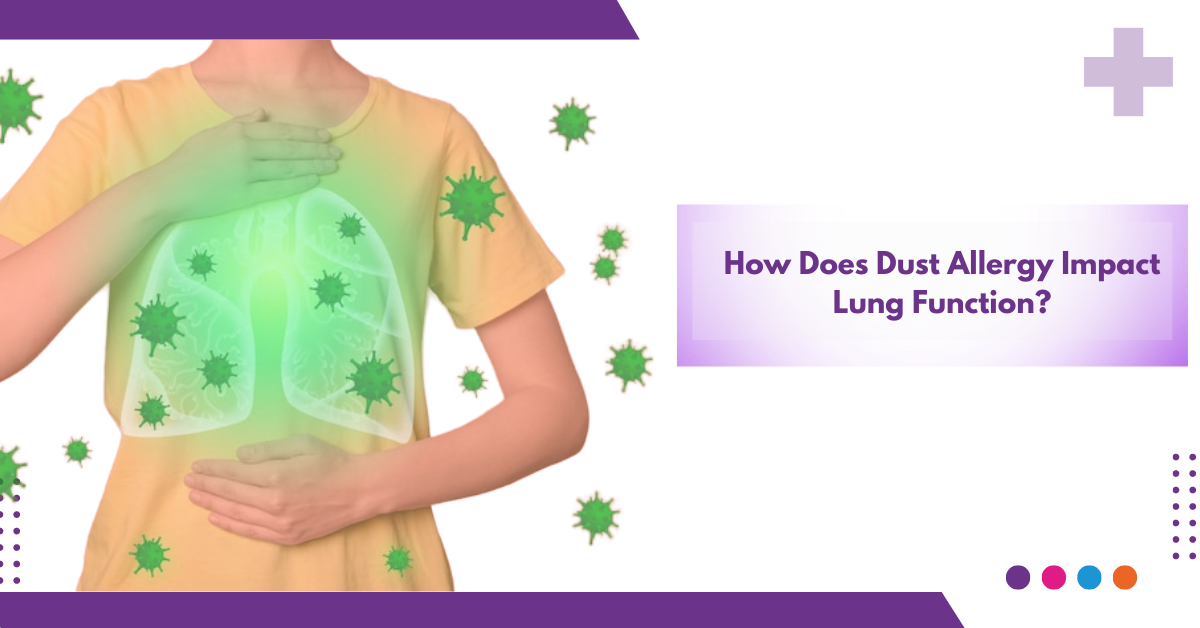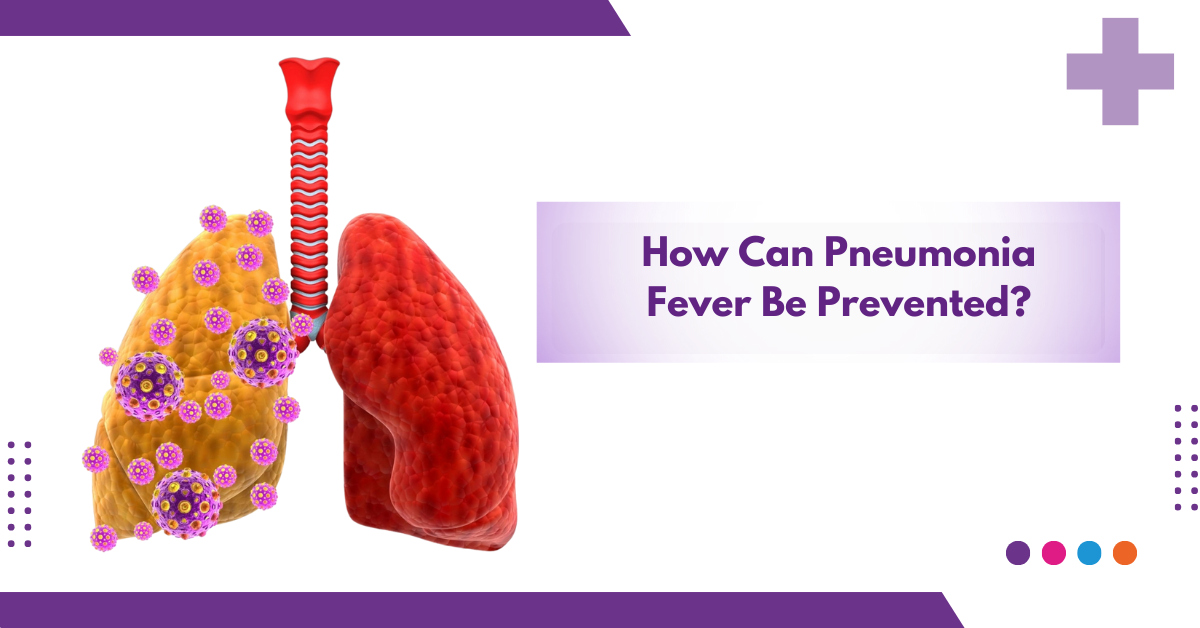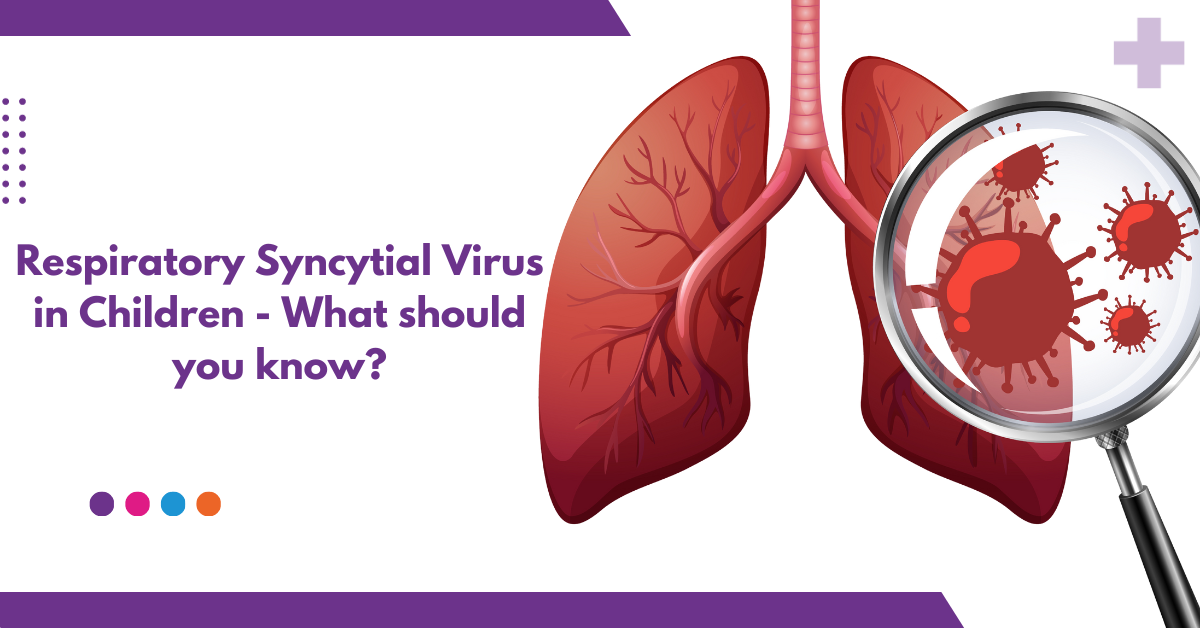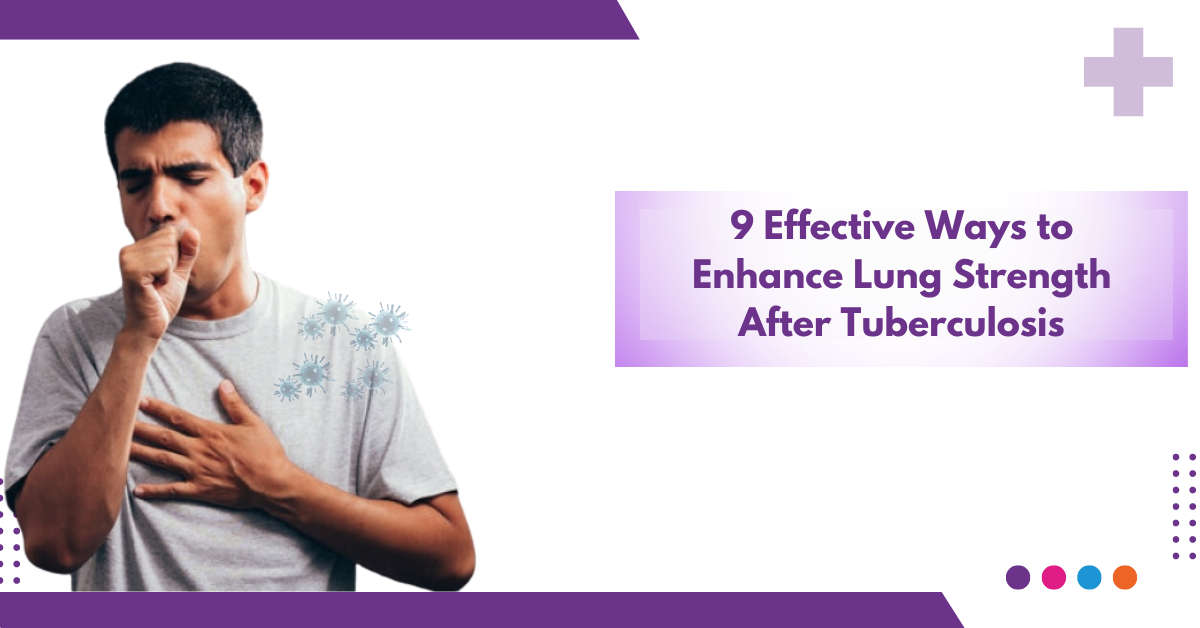
Tuberculosis is a respiratory illness caused by bacteria. While treatment can effectively eradicate the bacteria, the infection can leave some lingering effects on lung function. Recovering from TB often involves rebuilding lung strength and improving overall respiratory health.
How does tuberculosis (TB) affect lung strength?
Tuberculosis (TB) affects lung strength by causing damage to the lung tissues. When Mycobacterium tuberculosis, the bacteria responsible for TB, infects the lungs, it leads to the formation of granulomas and cavities in the lung tissue. This damage results in reduced elasticity and impaired respiratory function, which can lead to reduced lung strength.
Scarring and fibroids from the body’s immune response further compromise the lung’s ability to expand and contract effectively, leading to symptoms such as persistent cough, difficulty breathing, and decreased oxygenation of the blood. Over time, untreated or severe TB can significantly reduce lung function, leading to chronic respiratory issues.
What is lung capacity?
The total volume of air that the lungs can hold is known as lung capacity. Lung function and lung capacity both decline with increasing age. Simple exercises to strengthen lungs is to inhale and exhale. All you need to do is gradually tighten control as the days go by and keep it that way.
What are the signs that indicate low lung strength?
Breathing difficulties, tiredness, and shortness of breath are some signs of low lung strength. It is important to visit the lungs specialist in Coimbatore if you are having these symptoms in order to rule out any medical issues like TB.
What are the tips to improve lung strength after TB?
There are several simple ways to improve the lung strength after getting the effect of tuberculosis on lungs. These expert suggestions could be useful to you.
Make breathing exercises a routine:
Specific breathing exercises can significantly improve lung function and reduce breathlessness after TB. Here are two effective techniques:
Belly or diaphragmatic breathing:
This technique focuses on using the diaphragm, the main muscle for breathing. With your hands on your stomach and your chest, take a comfortable seat. Feel your belly rise as you take a slow, deep breath through your nose. Feel your belly drop as you gently release breath through pursed lips.Do this exercise multiple times a day for several minutes at a time.
Pursed lip breathing:
This technique slows your breathing rate and allows your airways to remain open for longer, improving airflow. Inhale slowly through your nose. Exhale gently and steadily with pursed lips. Breathe out through pursed lips gently and steadily.
Engage in regular physical activity:
Regular physical activity is important for strengthening your lungs and improving overall health. Start gradually with low-impact exercises like walking, swimming, or even cycling. You can progressively increase the duration and intensity of your workouts as your fitness level rises.
Practice the right posture:
Maintaining a good posture allows your lungs to expand fully, facilitating better breathing. Stand tall with your shoulders back and relaxed, and your chin slightly tucked in.Make sure your back is supported and straight while you sit. Good posture can significantly improve your breathing efficiency. Throughout the day, make sure to drink lots of water, especially before, during, and after activity.Regular breathing exercises serve to rid the lungs of accumulated stale air, increase oxygen levels, and restore the diaphragm’s capacity to aid in breathing.
Manage your weight:
Excess weight can put additional strain on your lungs, making breathing difficult. Maintaining a healthy weight can significantly improve lung function and reduce breathlessness. To acquire and maintain a healthy weight, eat a well-balanced diet and exercise regularly.
Quit smoking and avoid secondhand smoke:
Smoking is a major risk factor for lung damage and respiratory illness. If you smoke, quitting is the single most important step you can take to improve your lung health after TB. Additionally avoid secondhand smoke exposure, as it can also irritate and damage your lungs.
Managing underlying conditions:
Certain medical conditions like allergies, asthma, or chronic obstructive pulmonary disease (COPD) can further compromise lung function.
Prioritize a healthy diet:
Eating a nutritious diet rich in fruits, vegetables, and whole grains provides your body with the essential nutrients it needs to heal and repair lung tissue. Additionally, include foods rich in antioxidants like vitamin C and beta-carotene, which may help protect your lungs from further damage.
Hydrate adequately:
It’s important to drink enough water to sustain optimal lung function. When you are dehydrated, your airways can become dry and irritated, making breathing more difficult. Throughout the day, make sure to drink lots of water, especially before, during, and after activity.
Practice good sleep hygiene:
Ensuring enough sleep allows your body to rest and repair itself, including your lungs.
How does breathing exercises help lung strength?
In good health, breathing comes easily and naturally. About 80% of the work required to fill the lungs with a mixture of oxygen and other gases and expel waste gases is done by your diaphragm during inhalation and exhalation.
Stale air accumulates over time, making it harder for the diaphragm to contract and draw in new oxygen. When the diaphragm isn’t functioning at its best, the body begins to breathe through other muscles in the back, neck, and chest. Lower oxygen levels and less energy for exercise and activity result from this. Regular breathing exercises help clear the lungs of accumulated stale air, raise oxygen levels, and restore the diaphragm’s ability to assist in breathing.
How long does lung strength take to restore?
Usually it takes several weeks of consistent breathing exercises and intense level of physical activity before symptoms start to improve. Some people, though, might experience results sooner.
Is holding breath good for lung strength?
Though it is not advised to hold breath without the supervision of a doctor. However healthy people can hold lungs for about 25 seconds and it is also considered healthy for lungs. But for people with underlying conditions it is not healthy to hold breath.
Important takeaway:
It is important to understand that tuberculosis (TB) and other pulmonary conditions can affect lung strength in several ways. But by following simple tips you can always build your lung strength and capacity. You can also choose to consult best hospital for lungs in Coimbatore if you are experiencing any signs of low lung strength.








